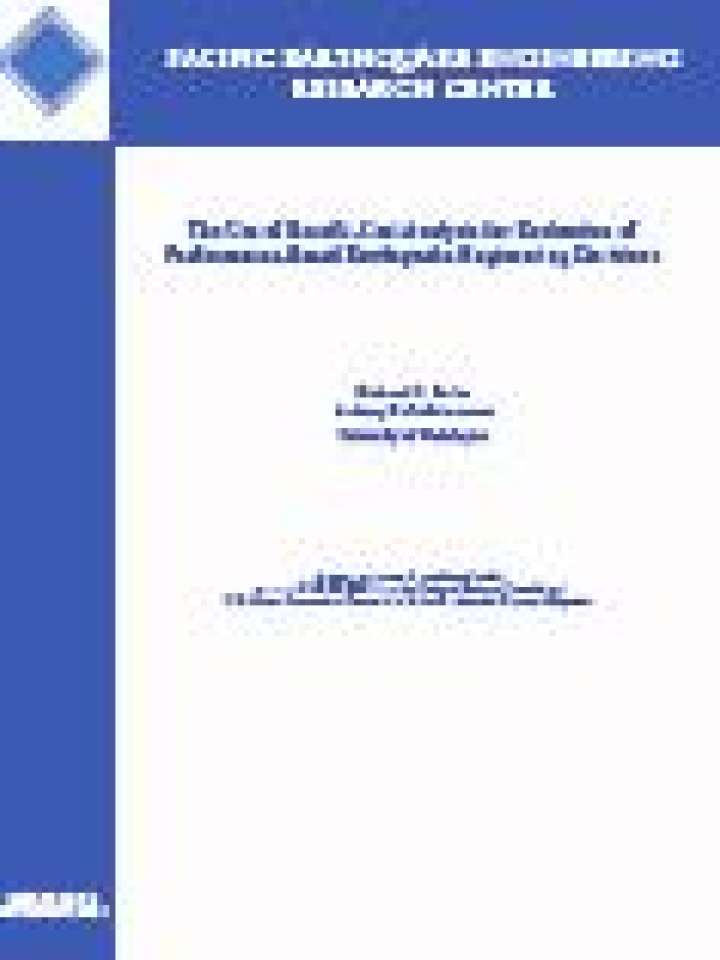Use of benefit-cost analysis for evaluation of performance-based earthquake engineering decisions
This report provides an overview of benefit-cost analysis (BCA), an application of benefit-cost analysis to the performance-based earthquake engineering (PBEE) framework, consideration of critical issues in using benefit-cost analysis for PBEE and a discussion of issues, criticism and limitations of benefit-cost analysis. The objective is to provide an understanding of the economic dimensions of PEER's framework equation. A focus on economic evaluation will broaden the framework so that facility damage in earthquakes can be related to functionality, business interruption and revenue loss, and to repair costs. Such an analysis needs to consider issues such as the time value of money, uncertainty, and the perspectives of different stakeholders.
Throughout the report, particular attention is paid to issues of concern to PEER researchers and the seismic-mitigation community, most notably, the differences between BCA and life cycle cost analysis (LCCA). These differences are extensively discussed and illustrated. Finally the ways in which the value of human life can be economically evaluated are examined.
Explore further
